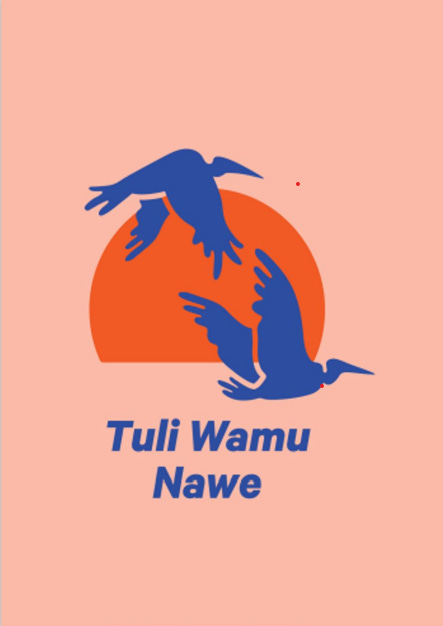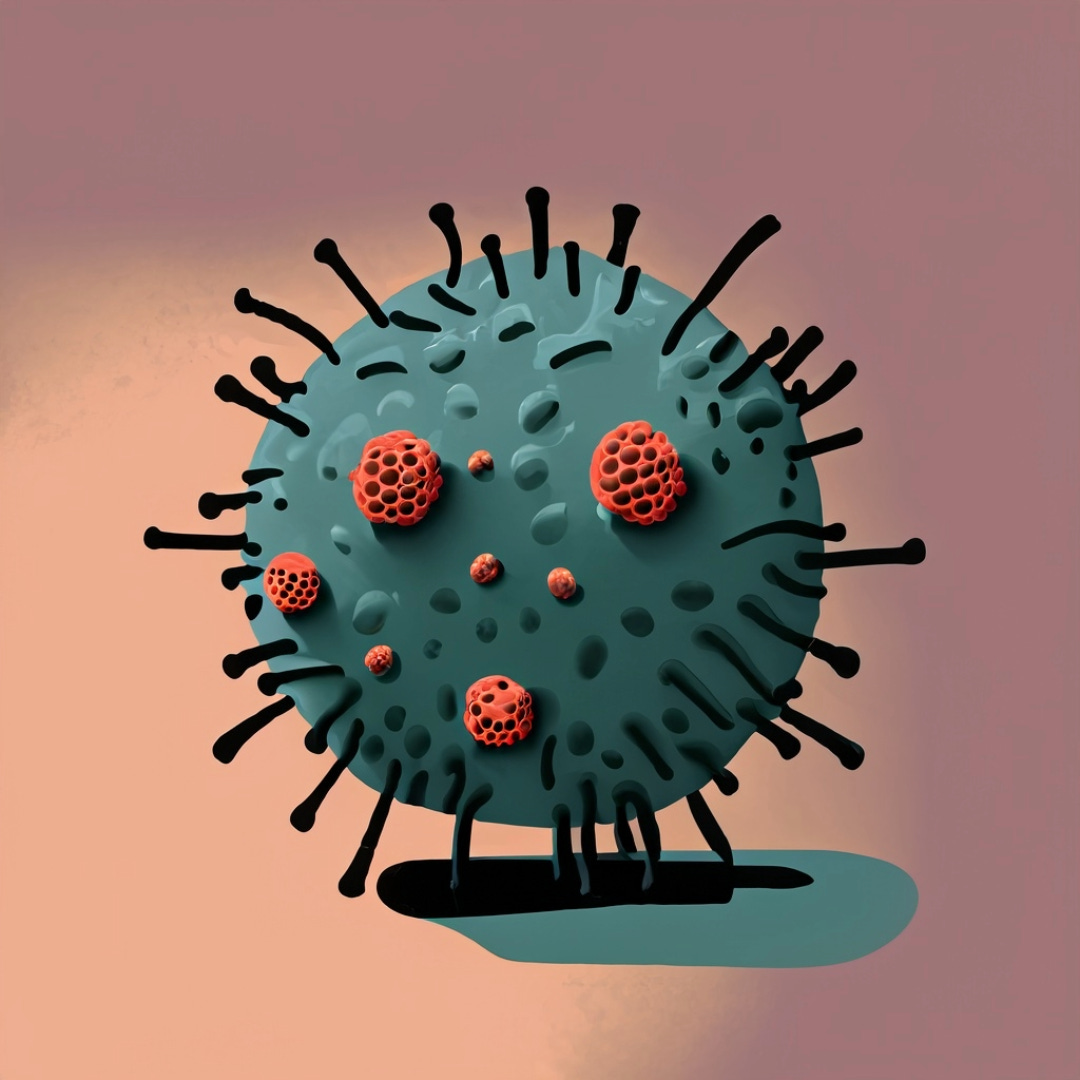Hello, my good human! I am Lefteris and this is my newsletter from the world of science and academia. You can subscribe by pressing this sexy little button below
Let’s jump into today’s story…
I feel many of you will identify with me on this, I spend a lot of my time online. I’m gonna go ahead and say… I spend too much of my time online. And when I’m not doom-scrolling I try to see what other creators are doing and read as many things as I can. One of the creators I look up to is John Green. One thing I admire about him (and his brother) is the ability to be interested and excited about so many different topics, get passionate about important world problems and try to use their platform to do good. One such example is the war on Tuberculosis that John Green has waged which peaked when Johnson and Johnson publically confirmed it will not enforce its patents on bedaquiline (a drug that works for the Treatment of Multidrug-Resistant Tuberculosis) in 134 Low- and Middle-Income Countries. [source]
This was excellent news for many people living in middle and low-income countries since the drug price would drop significantly meaning more people would have easier access to it. Which got me thinking. I had no idea this was a huge issue. If we have something to cure tuberculosis then why is it that 4 million people went undiagnosed in 2021?[source]
While following Mr. Green I saw a quote that he said in the UN General Assembly which resonated with me: “Death from tuberculosis is caused by human choice. It's caused by human-built systems. And so that's terrifying and horrifying and deeply upsetting. It means we're not doing a good job of assigning equal value to every human life” [source]
I don’t know if you get this also, but after reading this I decided to spend some time and read, what is Tuberculosis (TB for short), why is it such a big issue in low and middle-income countries and what is the strategies used in these countries to find people with TB and cure them.
What is Tuberculosis?
Tuberculosis is an infectious disease that often affects the lungs but not only. Not everyone infected with TB bacteria develops TB disease. Two TB-related conditions exist: latent TB infection (LTBI) and TB disease, which can be fatal if left untreated.
In certain cultures, there is a belief that TB is associated with witchcraft, and it is considered a “curse” on families. However, the truth is that TB is an airborne illness that spreads more easily among people living in close proximity to each other. It affects multiple generations within families simply because they are in close contact.
Unfortunately, TB is often linked to other factors that can create stigma, such as HIV, poverty, drug and alcohol misuse, homelessness, a history of prison, and refugee status. This stigma can lead to social isolation, where individuals and even entire families may be shunned. Women, in particular, are often blamed as the source of TB, and those affected by the illness may face divorce or be deemed unworthy of marriage.
The impact of this stigma is significant. The fear of discrimination can cause people with TB symptoms to delay seeking help, resulting in more severe illness and an increased risk of infecting others. This perpetuates the misconception that TB treatment itself is the cause of death. Treatment is much less effective if started at advanced stages of the illness.
TB is not spread through spitting or sharing crockery or cutlery. You need to be exposed to TB droplets in the air for an extended period, typically eight hours or more, to be at risk of contracting the illness. This means the idea that TB easily spreads on public transport is also a myth. By dispelling these myths and addressing the stigma, we can encourage early detection, prompt treatment, and better adherence to treatment regimens.
Because of all of the above, it seems to be that TB will undoubtedly affect people who are living in poverty and experience some form of social injustice. And as I have said about climate justice, all of the super cool and exciting new technologies that are developed and discovered every day, mean nothing without social justice and equal reach of opportunity.
That’s how we reach the discussion about how we fight against TB.
Interventions centred around community.

The World Health Organization (WHO) recognizes contact investigation as a crucial intervention for tackling TB. This approach involves screening, diagnosing, treating, and preventing TB among individuals who have been in close contact with someone newly diagnosed with active TB. And guess what? Contact investigation has been proven to be effective! Through systematic reviews and meta-analyses, it has been found that contact investigation identifies active TB in approximately 2-5% of close contacts and latent TB infection in another 30-50%. The variations in these percentages are due to factors like screening methods and implementation strategies.With such compelling evidence, WHO officially endorsed contact investigation in low- and middle-income countries back in 2012, and they recently updated their recommendations in 2021. There have been many trials that have studied the effectiveness od TB contact investigation with improvements being shown in Brazil, Zambia, Vietnam and South Africa.
But here's the scoop. Despite these inventive strategies, none of them have shown significant improvements in TB evaluation, case finding, or mortality compared to passive screening of contacts. Enter human-centred design! This approach, also known as design thinking or user-centred design, brings together influences from consumer product design, social innovation, and human-computer interaction engineering [18,19,20]. It's all about creativity, qualitative methods, rapid prototyping, and iterative field-testing . The goal? To understand the problems from the end user's perspective and come up with unexpected solutions that they'll embrace.
This work was undertaken in Uganda where scientists worked with healthcare workers, clients and community members to create a unique user-centred implementation strategy for TB contact investigation. It's all about involving the people who are directly impacted and finding solutions that truly resonate with them. Scientists want to create vibrant communities of practice among implementers, where they can come together, support each other, and exchange their valuable knowledge.
So, what does this user-centred strategy entail? It has two exciting parts: client-centred facilitation tools delivered under the brand name Tuli Wamu Nawe (which means "We are Together with You" in Luganda), and healthcare-worker-centred tools designed to foster the formation of a community health workers community of practice.
The trial is exciting and by the time you read this, it should be done with scientists trying to see how effective it has been. The results will be published in the future but researchers are optimistic. This exciting and pragmatic implementation trial will not only help us find and prevent undiagnosed individuals with TB in high-burden settings through contact investigation, but it will also assess the effectiveness of human-centred design and communities of practice in tailoring strategies for evidence-based interventions. You can read more about the study either by reading the full open-access article here or by reading the press release from the Yale School of Public Health here.
Any more news?
People in academia are constantly coming up with new and exciting things so if you need more to quench your curiosity here are some more headlines.
Quick test analyzes DNA to improve crops, by Agencia Fapesp
20 minutes of exercise can boost your brain after a bad night’s sleep, by Alpha Galileo
Don’t Forget: The sex life of frogs
That’s all for this week! I hope that the rest of the week will be calm and rewarding. Did you like this newsletter? If you did you can subscribe to it at the top of the page and why not share it around using this sexy little button here
Also, if you’d like to offer any financial support it would be greatly appreciated if you just visit my Patreon page here






